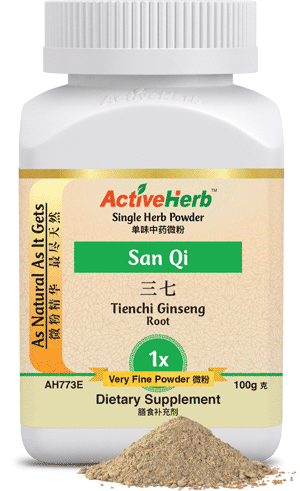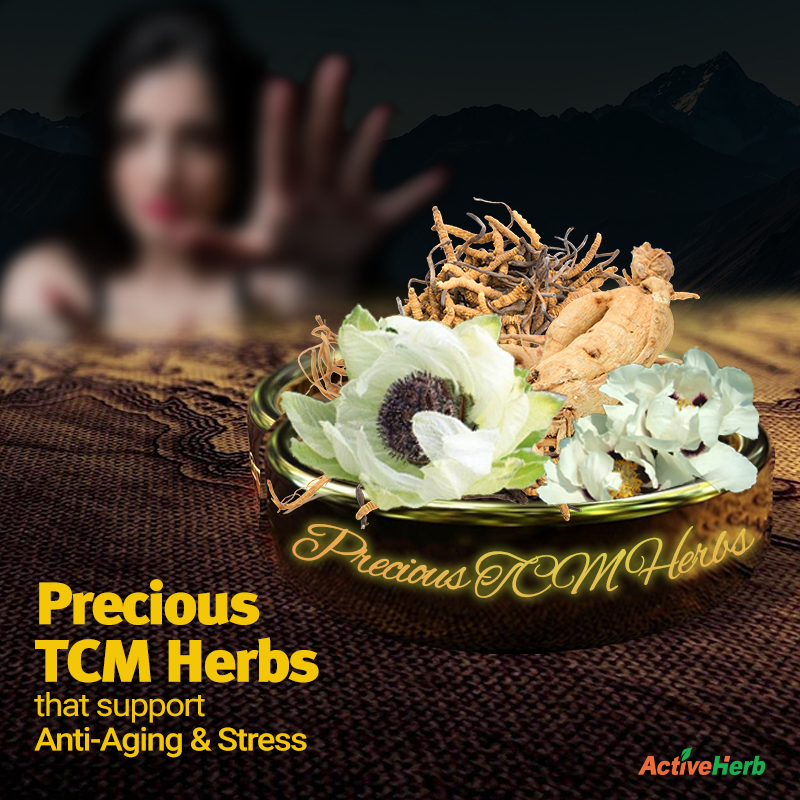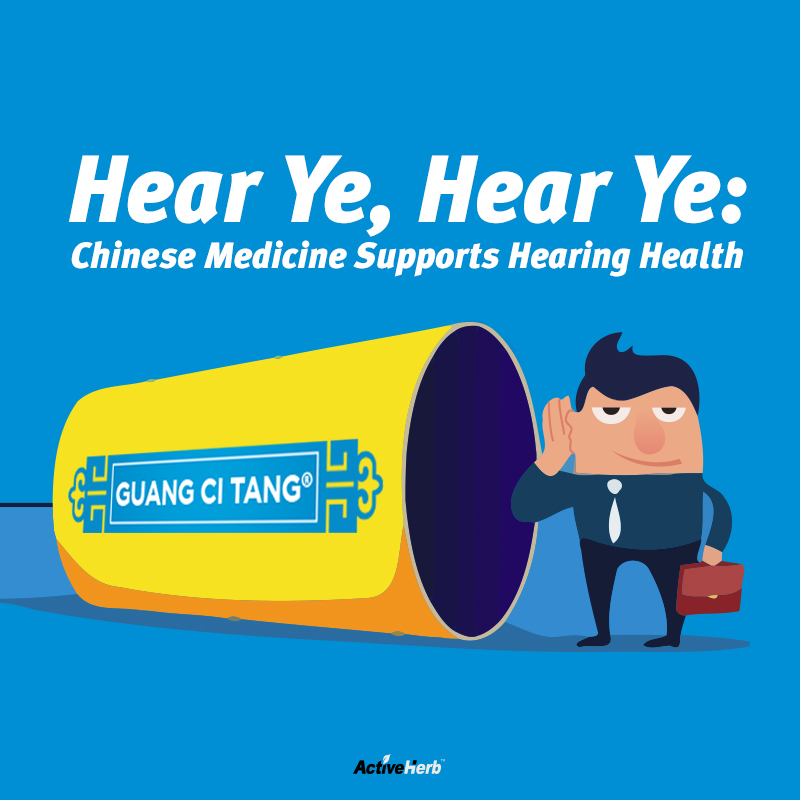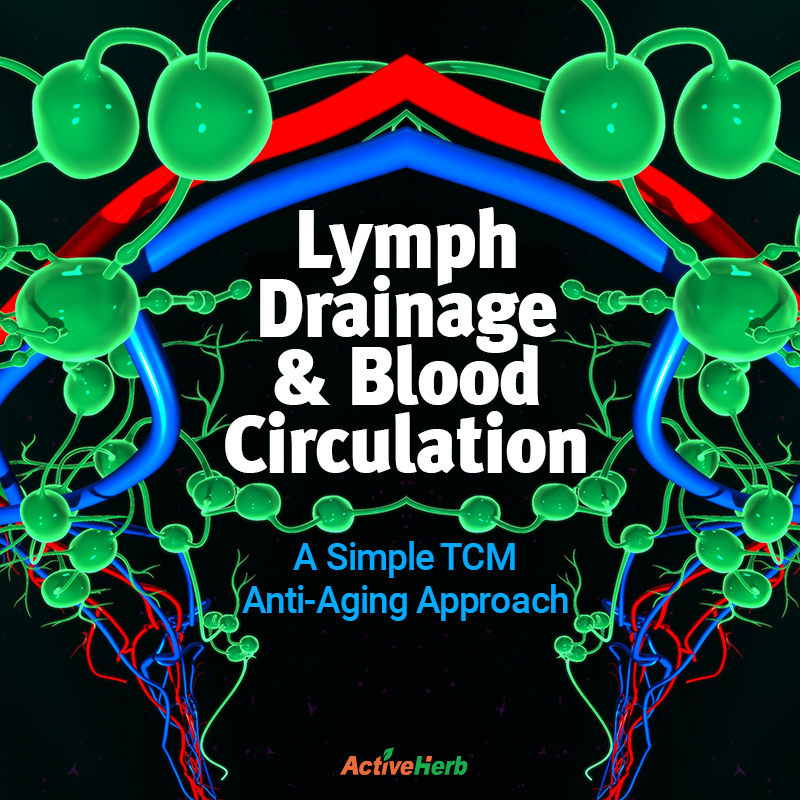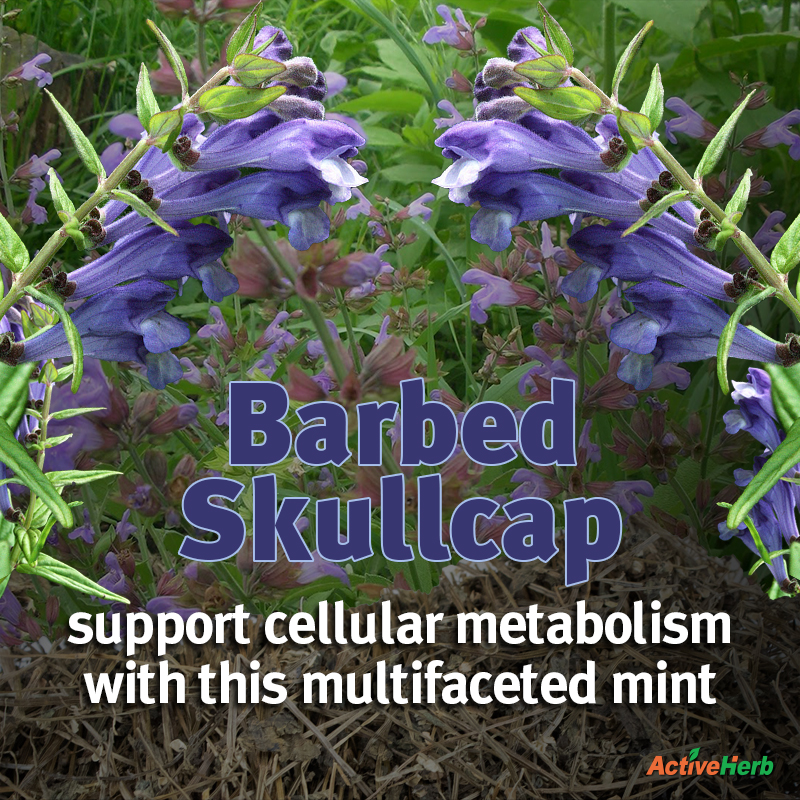San Qi: Nourish Your Blood With Notoginseng
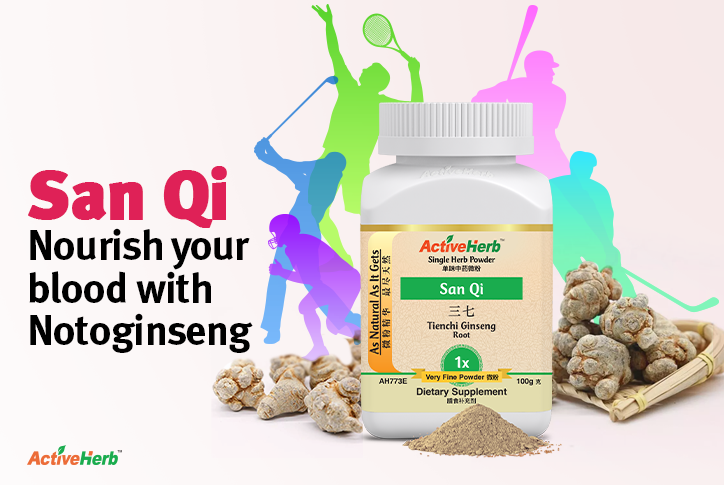
Out of a few hundred commonly used herbs in traditional Chinese medicine (TCM), there’s only one that can be declared king: ginseng. But there’s another ginseng from the Panax family that’s also considered a legendary herb: notoginseng.
But don’t confuse the two. Notoginseng is not ginseng, which is why notoginseng is sometimes referred to as “pseudoginseng.” The two herbs are very closely related in chemical composition, but they are used for totally different purposes.
If you already know a little about ginseng, it’s time to get to know its close chemical cousin, notoginseng, aka San Qi in TCM.
The difference between Ginseng and Notoginseng
Ginseng is the king of all herbs in TCM because it’s best for replenishing Qi. But just because you feel energetic doesn’t mean that you necessarily have a healthy balance of blood flow. In TCM, notoginseng is the best blood-nourishing herb. Ginseng (Ren Shen) and notoginseng (San Qi) have a very similar taste, which makes sense considering how close they are in chemical composition.
While both herbs are among the most precious of Chinese herbs, San Qi is different from both Panax ginseng (Asian ginseng, Ren Shen) and American ginseng.
A peer-reviewed paper published in Pharmacological Research, lists a few main differences between ginseng and notoginseng. Ginseng contains more polysaccharides and amino acids, while notoginseng has more saponins, volatile oil, and polyacetylenes.
In Western medicine, ginseng plays a greater role in supporting the cardiovascular system while notoginseng shows better performance in supporting cognitive function and blood sugar levels.
What Does San Qi Do in TCM?
Notoginseng belongs to the class of TCM herbs that regulate blood. With sweet, bitter and warming properties, notoginseng may be beneficial for someone with a Yang deficiency.
The two organ systems that notoginseng primarily work on are the Liver and Stomach meridians. Its main function is to act as an antidote—so to speak—to blood stagnation. Blood stagnation is a TCM term that basically means poor blood circulation.
By supporting blood circulation, notoginseng may help support joints, muscles and soft-tissue. Perhaps because of its potential to invigorate the blood, some athletes use notoginseng to support athletic performance, a possible benefit in a study published in the Journal of Strength And Conditioning Research. The study demonstrated how notoginseng supported aerobic capacity, endurance and blood pressure in a small group of young adults. The subjects were given 1,350 mg of notoginseng every day for 30 days, during which time their endurance time to exhaustion, mean blood pressure and maximum amount of oxygen levels were analyzed.
Support Your Circulation With TCM Formulas with San Qi
ActiveHerb.com offers a few different formulas for cardiovascular and blood support that feature San Qi/Notoginseng. Cardiovigor addresses the TCM pattern, “Xiong Bi.” (Translation: chest obstruction.) The root cause of this obstruction is blood stagnation. Phlegm (excess heat) produces blood stagnation, which in turn prevents proper movement of Yang Qi in the chest.
For more general blood circulation support, you can learn more about CircuFine.
In addition, you can easily make instant San Qi tea thanks to ActiveHerb.com’s best-in-class herbal extract granules. They are like tiny grains of herbal sand that mixes easily with hot water or any other beverage. You can even sprinkle it on yogurt or oatmeal!
Another formula to always have on hand in case of an injury that results in bleeding is Yunnan BaiyaoYunnan Baiyao. The formula is now a state secret but previous iterations reveal that one of the ingredients in Yunnan Baiyao is San Qi.
Conclusion
Notoginseng is one of the best, if not the best TCM herb for heart health and blood circulation support. It has many other uses as well. Just don’t confuse it with ginseng.



